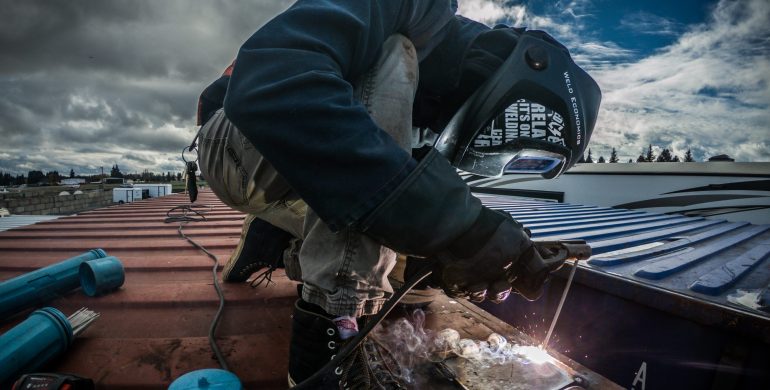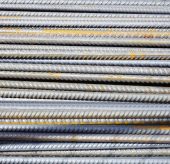How Tariffs Can Impact the Welding Industry
Sacramento Sparks Reno Welding Supply
Tariffs on imports can have a significant impact on the U.S. welding industry, influencing both costs and competitiveness across the supply chain. When tariffs are imposed on imported metals such as steel and aluminum—two key materials used in welding—the immediate effect is a rise in material prices. Many American welding companies rely on these imports because domestic supply may not meet the demand in terms of volume, specific alloys, or pricing. As tariffs make imported materials more expensive, welding businesses, especially small and mid-sized shops, face higher operating costs. This can lead to increased prices for their services, making them less competitive not only in domestic markets but also against foreign firms not burdened by such tariffs.
In addition to raising material costs, tariffs can disrupt global supply chains. Many welding companies operate in a tightly connected international network, sourcing materials or components from abroad while exporting finished goods. Tariffs complicate this flow, causing delays and uncertainty. Businesses may be forced to switch suppliers or invest in alternative sourcing strategies, both of which can be costly and time-consuming. Furthermore, the unpredictability associated with changes in trade policy can deter long-term planning and investment in the welding industry, as companies may hesitate to expand or modernize amid volatile material costs.
There’s also a downstream effect on industries that depend on welding, such as construction, automotive, energy, and shipbuilding. When welding costs rise due to tariffs, the price of constructing buildings, manufacturing vehicles, or installing pipelines can increase as well. This ripple effect can slow down projects and reduce demand for welding services, squeezing profit margins further. On the flip side, some argue that tariffs protect domestic metal producers, which could theoretically benefit local suppliers and create jobs. However, the benefit to upstream metal producers doesn’t always outweigh the cost to downstream users like welders, who face higher input prices without a guaranteed increase in demand.
In the long run, sustained tariffs may encourage domestic production of metals and materials, potentially reducing reliance on imports. But such transitions take time, investment, and workforce development. Until then, the welding industry in the U.S. remains vulnerable to the financial pressures and strategic challenges posed by tariffs on imports.





